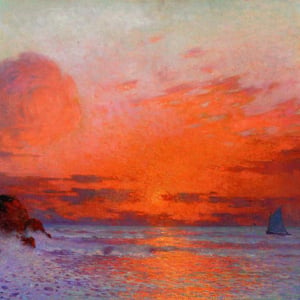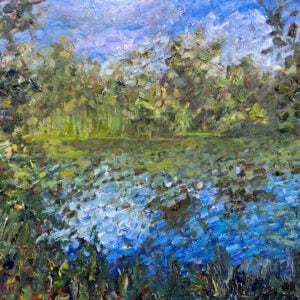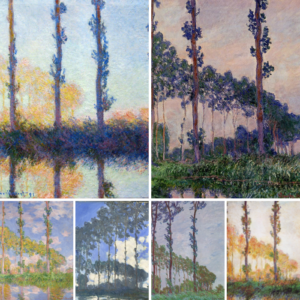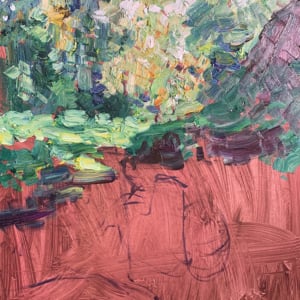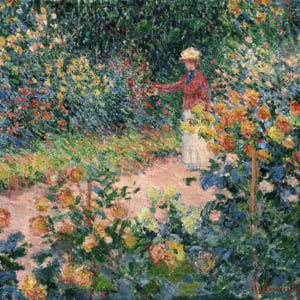Below is a small painting I did of Elora and Chontele in my parents’ garden. This was only meant to be a relaxed study done in preparation for a larger piece, but it turned out to be quite charming in its own right. (That’s often the case with studies like this: the less I worry about the outcome, the better the outcome tends to be.)

The most difficult aspect was painting the reflected light in the shadows. I still haven’t completely figured it out. As a reminder, reflected light is light that bounces off surfaces and around the environment. It’s not a direct light source, but it can be strong enough to illuminate an object.
When reflected light bounces up into the shadow of an object, it makes parts of the shadow lighter than other parts. For example, take a look at the following closeup of Chontele. (Sorry to put you in the spotlight Chon!) See how parts of her cheek and neck are lighter yet still part of the shadow.
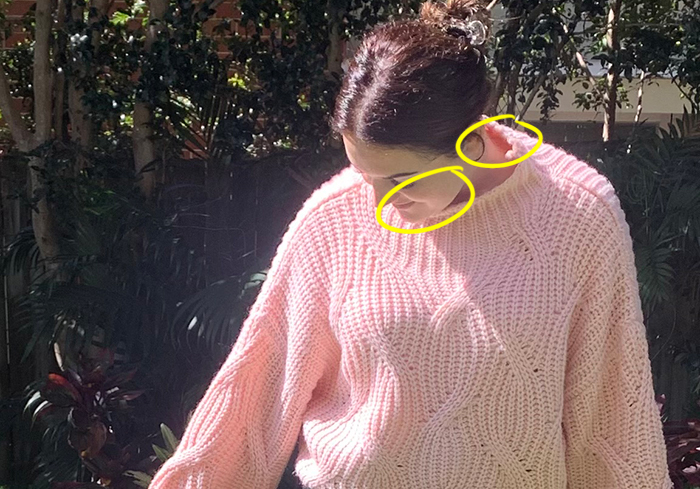
The presence of reflected light makes painting shadows much more complex and nuanced. Not only must you get the big-picture light and dark relationships right, but also the light and dark relationships WITHIN the shadows. And you must do this without compromising the integrity of the shadows (your shadows must look like shadows).
In practice, I paint reflected light in the shadow of an object a touch lighter than the rest of the shadow, but darker than any of the lights. This is harder than it sounds and there’s little room for error. Your eyes will play all kinds of tricks on you, making the colors appear lighter or darker than they really are.
You must also account for the color of the reflected light. A rudimentary guide is to look at the color of the object reflecting the light. For example, an apple will reflect red light; a banana will reflect yellow light. Below is a closeup of Elora. There are two colors of reflected light that I needed to account for. First, reflected light coming in from the side off Chontele’s jumper. This appears to be a warm, pink light. Second, reflected light coming up off the ground. This appears to be a warm, green-yellow light. To paint this correctly, I needed to capture the subtle changes in color and temperature whilst maintaining a consistent value (lightness). I also needed to account for the interaction between the colored reflected light and the local skin tones of Elora’s face.
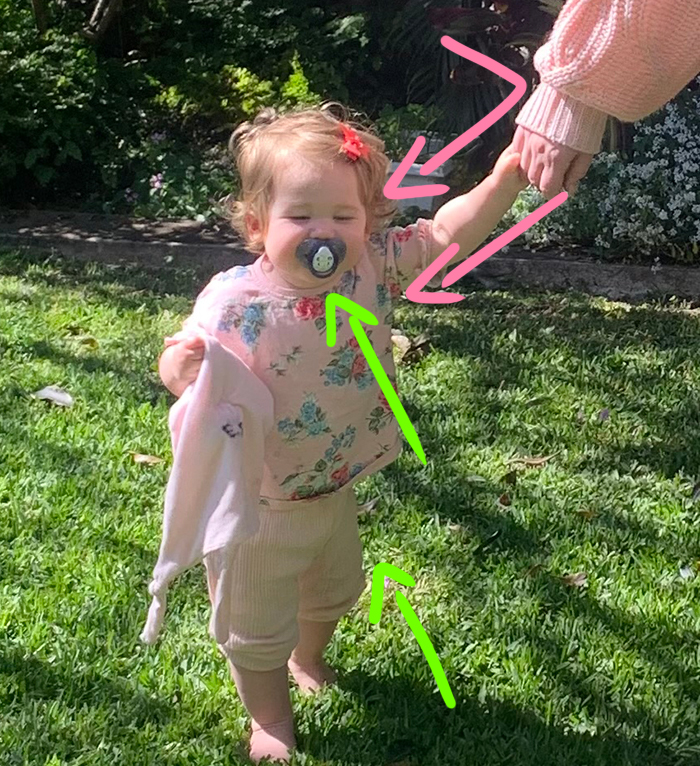
You’ll need to account for reflected light when painting any subject: interiors, portraits, landscapes, still lifes, etc. But I find capturing reflected light in landscapes to be particularly challenging as the environment is less controlled and stable. The light is always changing, which makes capturing subtle elements like reflected light even more problematic than usual.
If you want to see reflected light in action, look under the canopy of a large tree, like the one pictured below from my local parklands (Minnippi, Queensland, Australia). Observe the colors of the branches and how they change as the branches twist and turn. Much of this is due to reflected light bouncing up off the ground and into the undersides of the branches.
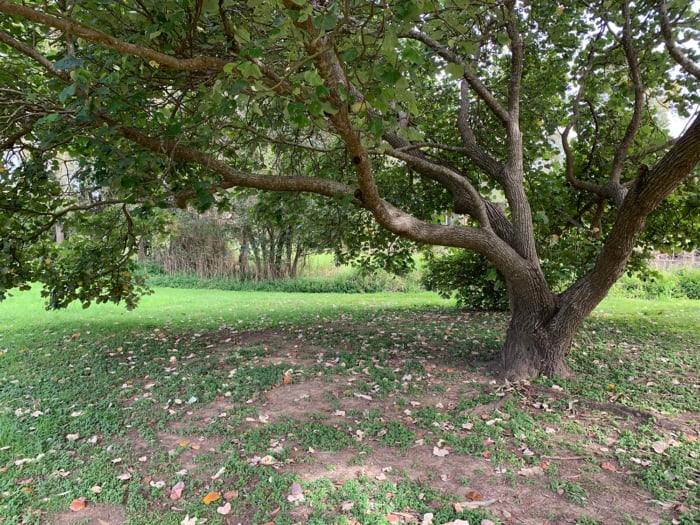
You can improve your understanding of reflected light by simply observing your surroundings and looking for examples of reflected light. It will be hard at first. But once you start to notice it, you’ll see it everywhere.
Thanks for reading. If you want to learn more, I invite you to join my Landscape Painting Masterclass. Enrollment is open for the next week.
Enroll in Landscape Painting Masterclass
Happy painting!
Dan Scott
drawpaintacademy.com
PS. If you want to share this post with friends, just copy and paste the following link:

